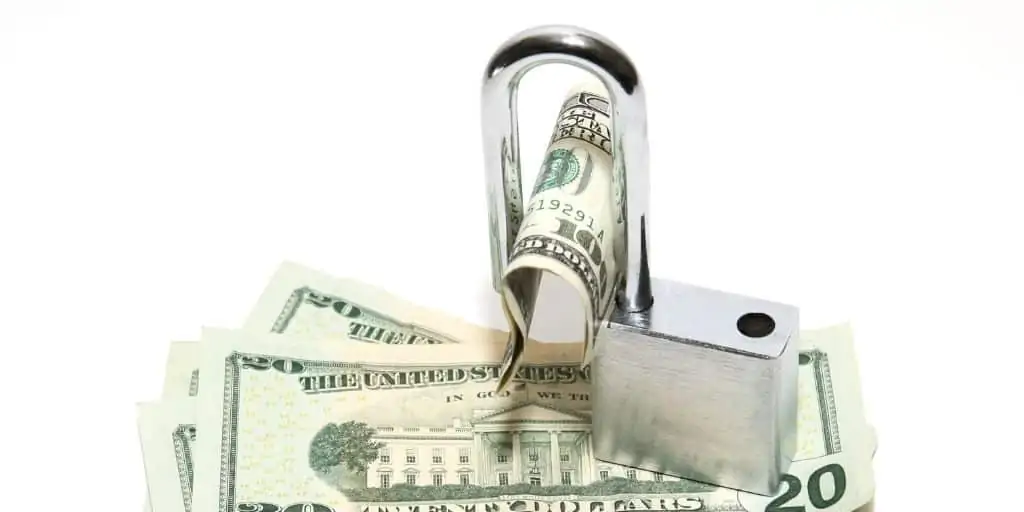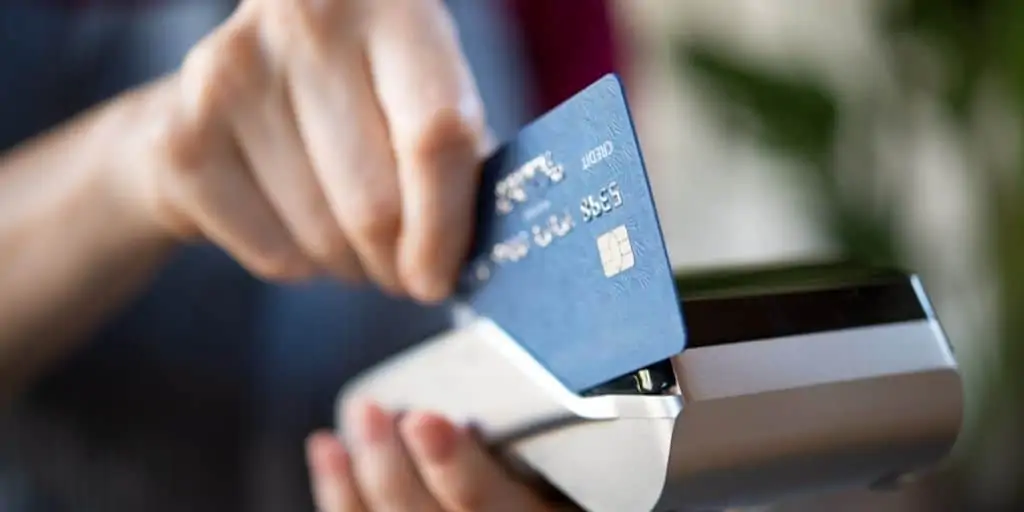What Is an Unsecured Loan?
REtipster does not provide tax, investment, or financial advice. Always seek the help of a licensed financial professional before taking action.
How Does an Unsecured Loan Work?

To qualify for an unsecured loan, borrowers must have an excellent credit record. Lenders usually check the borrower’s credit history, income, savings, monthly payments, and outstanding debts to determine if the borrower qualifies for an unsecured loan[1].
Depending on the borrower’s credit profile, the lender can create the terms on the loan that maximizes the benefit of both parties. However, because unsecured loans are riskier than those secured with collateral (no matter how creditworthy the borrower is), they usually have higher interest rates that can fall anywhere between 5% and 36%[2].
After the borrower’s application is approved, they receive the loaned amount or access to a line of credit at the approved loan amount; which is usually an unsecured loan amount that ranges from $1,000 to $100,000[3]. Borrowers need to have a reliable income to repay the debt in full and make monthly payments on time.
If they default on an unsecured loan, borrowers will not lose any property or other assets. However, if the borrower defaults, it will hurt their credit score, making it difficult to secure any loan in the future. If the unsecured loan is for business purposes, lenders may even sue the borrower not only for the balance but for the other fees associated with the loan[4].
Unsecured vs. Secured Loan
The two common categories of loans are secured and unsecured. Unlike unsecured loans, a secured loan always requires the borrower to put up a property, asset, or any other collateral. The collateral is a form of security to protect the lender from loss[5].
If the borrower misses a payment or fails to repay the loan, the lender may seize the asset, sell it, and use the proceeds to pay off the debt.
Mortgages are the most popular type of secured loan. If a borrower takes out a mortgage, the house or property becomes the collateral until the loan is paid in full. Besides real estate, other assets that can be put up for a secured loan include vehicles, jewelry, precious metals, stocks, bonds, insurance policies, and other items that can easily be sold for cash[6].
It is much easier to get approved for secured loans because they are less risky than unsecured ones. Secured loans also have more competitive rates.
What Are Common Types of an Unsecured Loan?
Unsecured loans come in many forms. Here are some of the most common[7]:
- Personal or Signature Loans. Borrowers may use personal loans any way they want to. Most people use personal loans to fund weddings, vacations, home updates, and debt consolidation.
- Student Loans. This unsecured loan helps students pay for higher education. Federal bodies and third-party financial institutions provide student loans.
- Credit Cards. This unsecured loan gives borrowers access to a line of credit that they can use for any purchase. The credit is due every month. When borrowers cannot pay the bill in full, they will be charged interest on top of the balance.
- Personal Lines of Credit. An unsecured revolving account that borrowers can draw from up to a specified limit, a personal line of credit is an open-ended loan with a variable interest rate. Most interest rates on these loans are more forgiving than a credit card’s.
BY THE NUMBERS: About 37% of Americans take out a personal loan to consolidate debt or refinance credit cards.
Source: Finder.com
What Are the Pros and Cons of Using an Unsecured Loan?
Here are some of the advantages of using unsecured loans[8]:
- Unsecured loans are less risky for borrowers because they do not have to put up assets to secure funds. Lenders cannot seize the borrower’s property and other assets if borrowers fail to make payments.
- The application process for unsecured loans is simpler than secured loans. Borrowers may expect to get their money within 24 to 48 hours after the loan approval.
Borrowers with high credit ratings may qualify for lower interest rates and better loan terms.
On the other hand, applying for and using an unsecured loan comes with its disadvantages as well. Here are the biggest[9]:
- Lenders usually charge higher interest rates on unsecured loans. These loans may also have lower borrowing limits and shorter repayment terms.
- Those with bad credit scores and credit history do not qualify for unsecured loans.
- Defaulting on an unsecured loan has a big negative impact on a borrower’s credit score and lowers their chances of getting approved for any type of loan in the future.
- Lenders may also file a lawsuit against a borrower for defaulting on an unsecured loan.
Can an Unsecured Loan Be Used to Finance a Property?
Generally, it is best to use a secured loan to make large property purchases[10]. With a secured loan like a mortgage, real estate investors get lower interest rates and some tax benefits. Secured loans are also more accessible for borrowers with lower credit scores.
Unsecured loans are ideal for relatively smaller and more immediate purchases, which is one of the reasons credit cards are useful. For example, borrowers may use an unsecured loan to make simple renovations to property[11].
When to Use an Unsecured vs. Secured Loan
Secured loans are used as a long-term debt instrument (e.g., a mortgage or auto loan) to finance long-term assets (e.g., real estate and equipment). Unsecured loans are used as short-term debt, similar to credit cards and personal loans, because of their flexibility and ease of financing short-term expenses (such as vacations, weddings, and monthly expenses that can be paid back quickly).
As a general rule, most financial advisors and lenders will not recommend using short-term debt to finance long-term assets because of the high cost of utilizing a short-term, unsecured loan. When a borrower knows a loan will be outstanding for years on end, it makes much more sense to use a long-term, secured loan, so the borrower is not required to pay a significantly higher interest rate for an extended period.
Takeaways
- Unsecured loans are loans not secured by collateral, hence the name.
- Usually, borrowers who qualify for unsecured loans have excellent credit scores, but defaulting on an unsecured loan may have a substantial impact on their credit scores.
- The most common types of unsecured loans are personal loans, student loans, credit cards, and personal credit lines.
- Secured loans are best for large property purchases, while unsecured loans make sense for smaller, more immediate expenses, like renovations.
Sources
- Chen, J. (2021.) Unsecured Loan. Investopedia. Retrieved from https://www.investopedia.com/terms/u/unsecuredloan.asp
- Song, J. (2021.) Average Personal Loan Interest Rates. ValuePenguin. Retrieved from https://www.valuepenguin.com/personal-loans/average-personal-loan-interest-rates
- Treece, K., Tarver, J. (2021.) Unsecured Loan: What It Is, How It Works, & How To Get One. Forbes. Retrieved from https://www.forbes.com/advisor/personal-loans/what-is-an-unsecured-loan/
- Broemmel, M. (n.d.) What Happens If You Do Not Pay a Business Loan That Is Unsecured? Chron. Retrieved from https://smallbusiness.chron.com/happens-not-pay-business-loan-unsecured-1913.html
- O’Connell, B. (2018.) What Is a Secured Loan? Experian. Retrieved from https://www.experian.com/blogs/ask-experian/what-is-a-secured-loan/
- Bareham, H. (2021.) How do secured loans work? Bankrate. Retrieved from https://www.bankrate.com/loans/personal-loans/what-is-a-secured-loan/
- Pritchard, J., Brock, T., Ernsberger, E. (2021.) Unsecured Personal Loan Options: How They Work and the Various Types. The Balance. Retrieved from https://www.thebalance.com/unsecured-personal-loans-315518
- Addessi, F. (2021.) The Pros and Cons of Unsecured Personal Loans. Smart Asset. Retrieved from https://smartasset.com/personal-loans/the-pros-and-cons-of-unsecured-personal-loans
- Johnson, H. (2019.) Unsecured Loans Vs. Secured Loans: What Is the Difference? Business Insider. Retrieved from https://www.businessinsider.com/personal-finance/unsecured-loans-vs-secured-loans-what-is-the-difference
- Luthi, B. (2019.) Can You Buy a House With a Personal Loan? Experian. Retrieved from https://www.experian.com/blogs/ask-experian/can-you-buy-a-house-with-a-personal-loan/
- Brozic, J. (2020.) What is an unsecured personal loan? Credit Karma. Retrieved from https://www.creditkarma.com/personal-loans/i/what-to-know-unsecured-personal-loan






